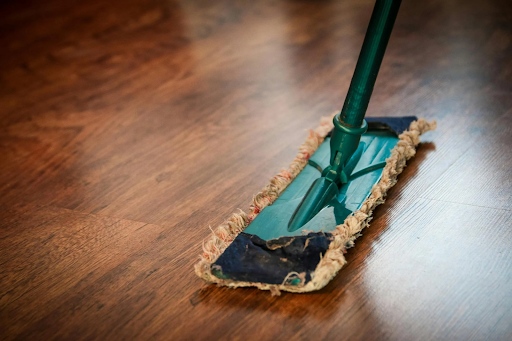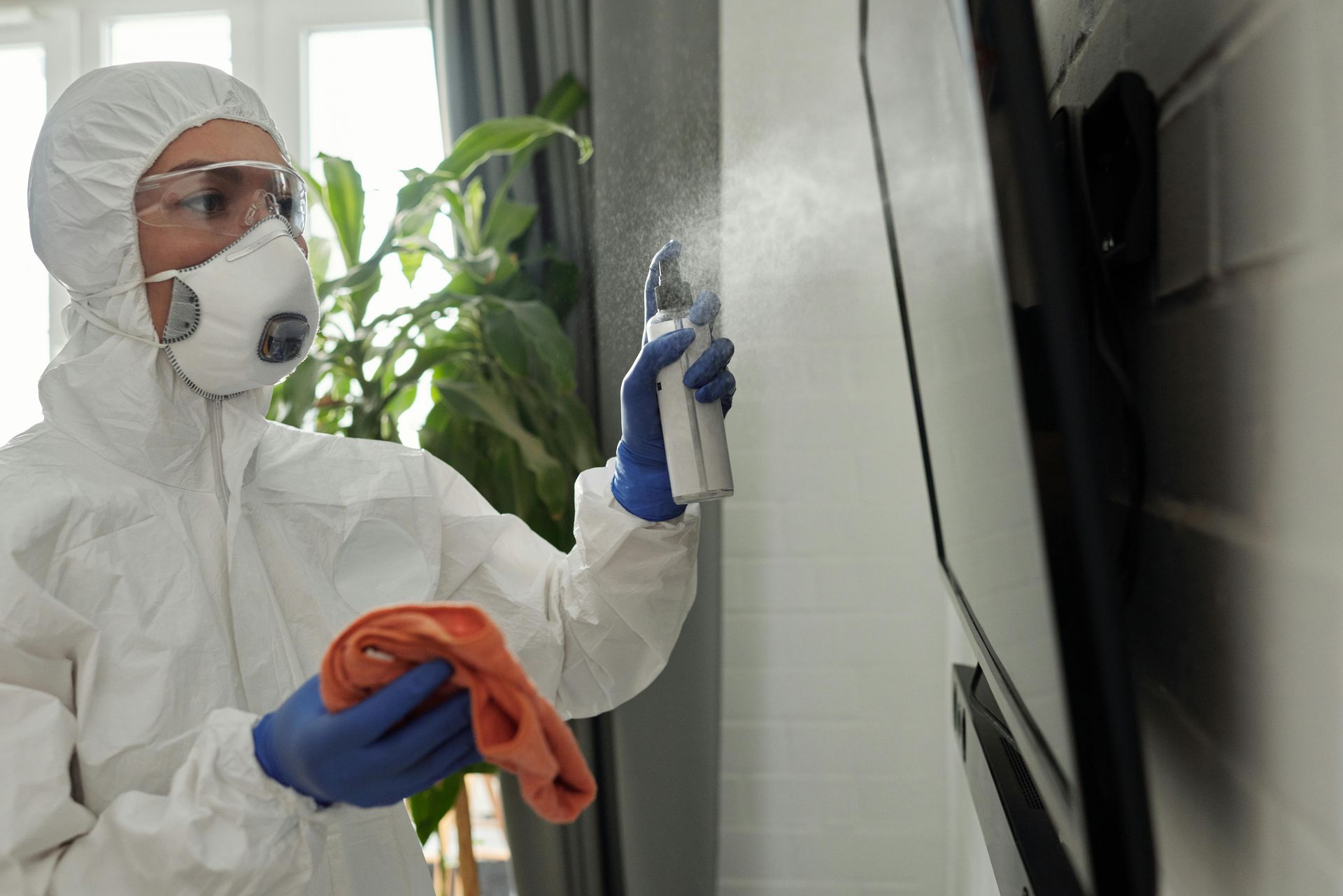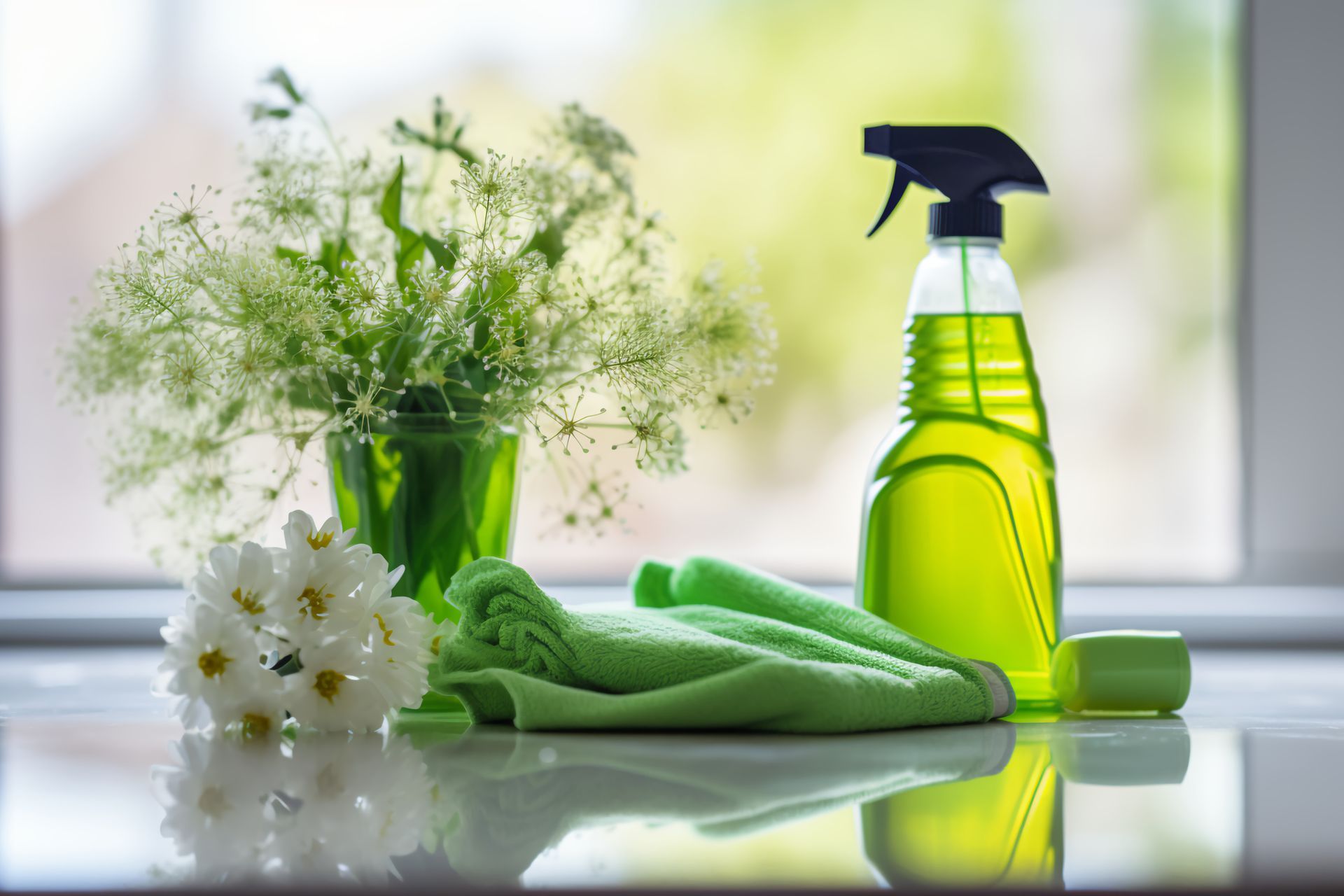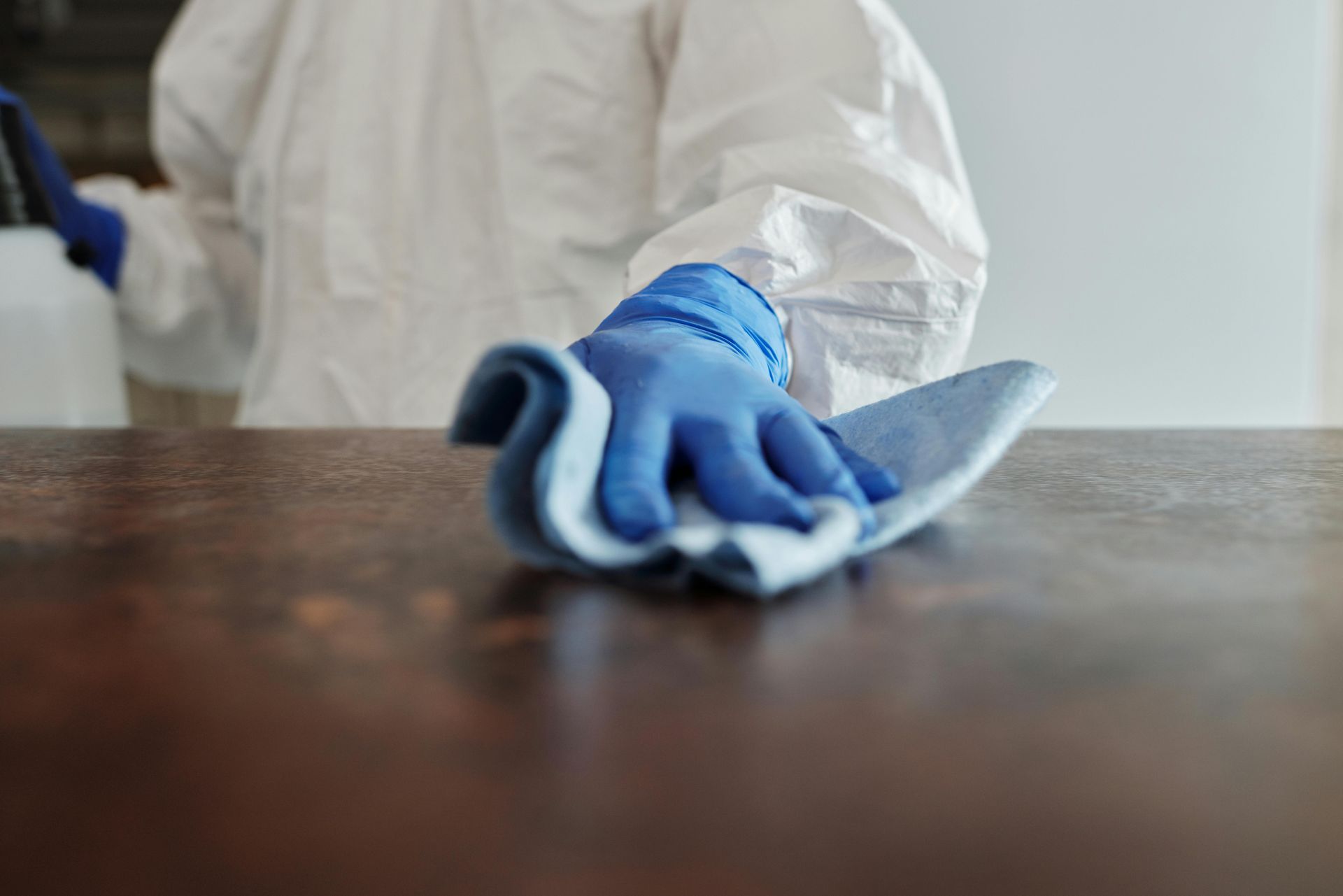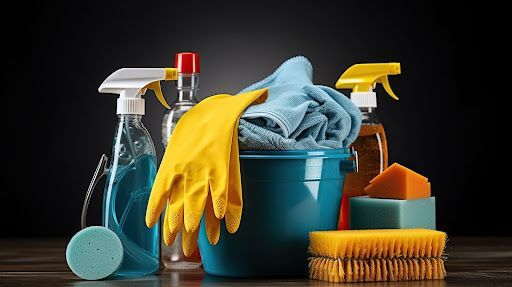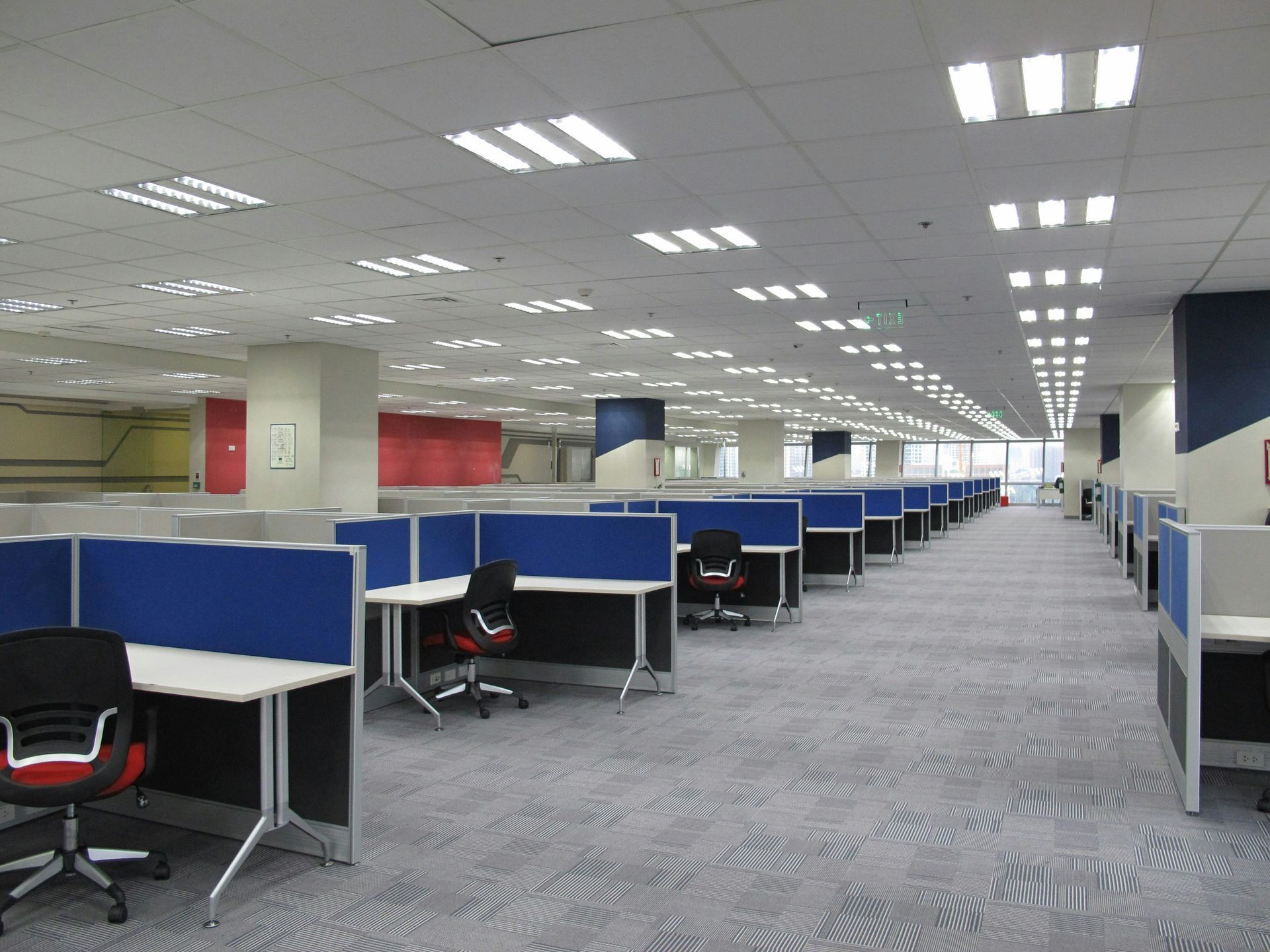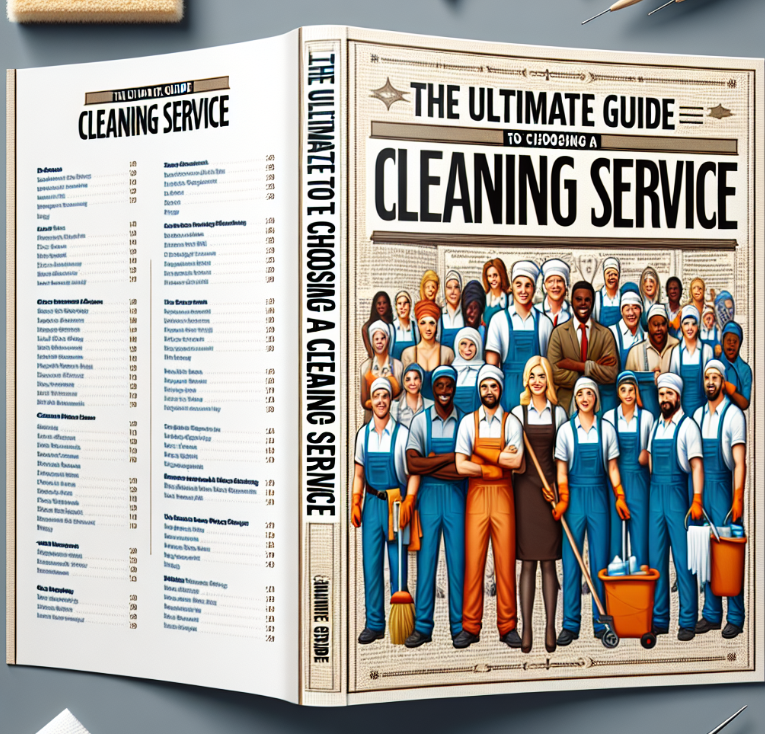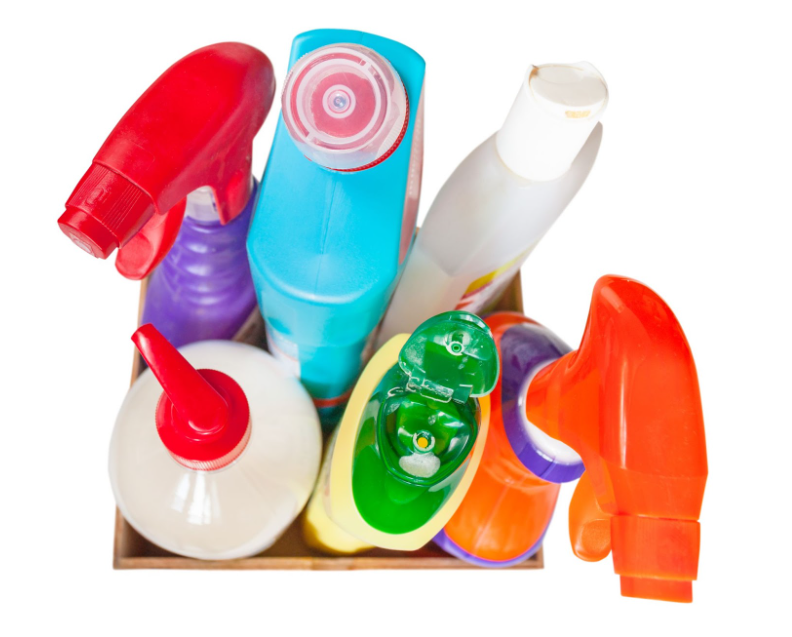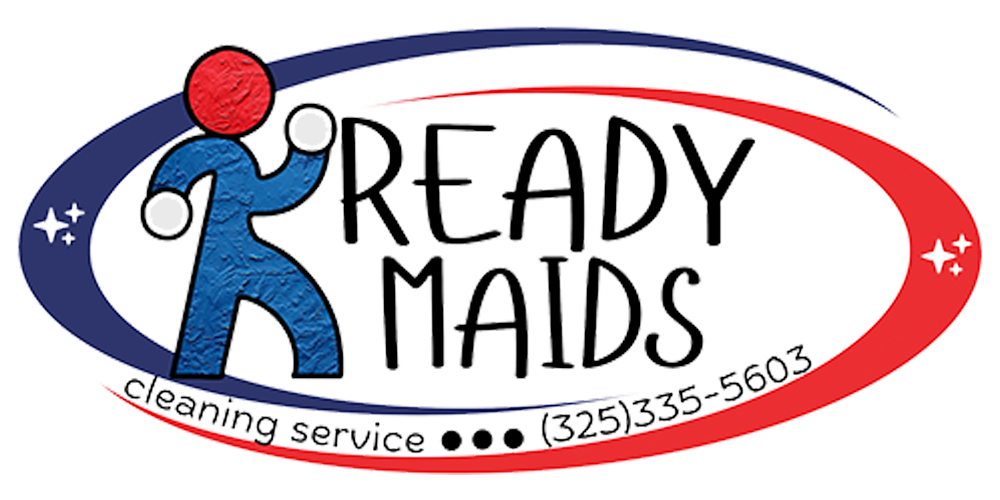Mastering Carpet Cleaning for Business Success: A Guide
A clean and well-maintained office is key to making a good impression on clients and creating a productive work environment. One important aspect of this is keeping the carpets clean, as they can quickly show signs of wear and dirt. Understanding the best methods for carpet cleaning can help businesses maintain a professional appearance and ensure a healthier space for employees. This resource provides practical tips and techniques for effective carpet care, helping businesses achieve success through cleanliness and attention to detail.
The Importance of Carpet Appearance in Commercial Spaces
The aesthetic appeal and overall cleanliness of commercial spaces can significantly impact a business's success, starting from the ground up with carpet appearance. Carpets that are clean and well-maintained not only elevate the aesthetic vibe of the space but play a crucial role in shaping first impressions. When customers or clients walk into a business, the cleanliness of the environment contributes to their perception of the professionalism and reliability of the service or product offered. Therefore, ensuring carpets are spotless and in prime condition is not just a matter of hygiene but a powerful tool in building trust and credibility with your audience.
Beyond influencing customer perception, the condition of workplace carpets also has a direct effect on employee satisfaction and productivity. A clean, inviting workspace can boost employee morale, leading to increased productivity and a more positive work atmosphere. On the contrary, poorly maintained carpets can become breeding grounds for dust, mites, and allergens, contributing to an unhealthy work environment. This can result in more sick days, decreased productivity, and, ultimately, a negative impact on the business's bottom line.
The legal and health implications of neglected carpets cannot be overlooked.
Businesses are required to adhere to certain health and safety standards, which include maintaining a clean and safe environment for both employees and customers. Carpets that are not regularly cleaned and maintained may harbor harmful bacteria and mold, posing serious health risks and potentially leading to legal consequences for the business. This reinforces the importance of prioritizing carpet cleanliness and maintenance in commercial settings, not just for aesthetics and morale, but also to meet health and safety regulations.
The state of carpets in commercial spaces carries weight in shaping first impressions, influencing employee well-being, and adhering to health and safety standards. Regular and thorough carpet cleaning is thus an essential aspect of maintaining a professional, productive, and legal commercial environment. Moving forward, businesses should consider the various carpet cleaning methods available to them and evaluate the best approach for their specific needs, keeping in mind the frequency required to keep their spaces looking their best and safest for everyone who enters.
Different Carpet Cleaning Methods and Their Commercial Applications
Choosing the right carpet cleaning method can significantly influence the cleanliness, appearance, and longevity of carpets in commercial environments. Among the most popular techniques are steam cleaning, dry cleaning, and encapsulation, each coming with its own set of advantages tailored to various business needs.
Steam Cleaning
Steam cleaning, also known as hot water extraction, is particularly beneficial for high-traffic areas, such as hotel lobbies or public reception areas. This method involves injecting hot water and cleaning agents deep into the carpet fibers and then extracting them along with the dislodged dirt. Steam cleaning is highly effective in removing ingrained dirt and stains, making it a go-to choice for businesses that experience significant foot traffic. The main drawback is the longer drying time, which can be a significant factor for businesses that operate around the clock.
Dry Cleaning
Dry cleaning, on the other hand, makes use of specialized machines and chemical technologies to clean carpets without the use of water. This method is ideal for environments that require rapid drying times or where operational hours do not allow for extended closure. Offices and retail spaces, where minimizing disruption is critical, can particularly benefit from dry cleaning methods. The advantages include quick turnaround times and reduced risk of mold and mildew development associated with damp carpets.
Encapsulation
Encapsulation technology incorporates the use of a cleaning solution that, when dried, encapsulates and crystallizes dirt particles within the carpet fibers. Subsequent vacuuming removes these encapsulated particles, leaving the carpet clean and minimally damp. This method is environmentally friendly and suitable for areas needing regular maintenance without the inconvenience of long drying times. Best applied in low to medium-traffic areas, encapsulation is a perfect choice for businesses looking to balance cleanliness and operational efficiency.
Deciding on the Best Carpet Cleaning Technique for Your Business
To select the most appropriate carpet cleaning method, businesses must first understand their carpet's material and evaluate the levels of foot traffic it receives. Cost also plays a crucial role, as methods vary in expense and yield different long-term results. Operational hours and preferred drying times are significant factors; businesses must choose a method that aligns with their schedule and customer engagement requirements.
The Optimal Carpet Cleaning Frequency for Businesses
Determining the right frequency for carpet cleaning is essential for maintaining a professional appearance and hygiene. Offices might require less frequent deep cleaning compared to restaurants or retail spaces, which encounter higher foot traffic and spillage incidents. Factors such as weather conditions, the type of business, and the area's foot traffic level should guide scheduling decisions. To maintain cleanliness between professional cleanings, regular vacuuming, spot cleaning, and the implementation of entrance mats can significantly reduce dirt accumulation.
Incorporating these strategies and understanding the distinct needs of your business can greatly influence the effectiveness of your carpet cleaning regime, ultimately contributing to a cleaner, healthier, and more appealing commercial environment.
Case Studies: Success Stories of Optimized Carpet Cleaning
Diving into the real world, several businesses have seen significant improvements in their environment and customer satisfaction by meticulously selecting and applying the right carpet cleaning methods. For instance, a prominent hotel chain, facing challenges with dingy carpets in high-traffic corridors, adopted a routine steam cleaning procedure. This not only revived the carpets to a like-new condition but also enhanced the overall guest experience, leading to an uptick in positive reviews mentioning the hotel’s cleanliness and appealing ambiance. The strategic decision to choose a method suited for heavy usage and potential stain accumulation meant the hotel could maintain a pristine carpet appearance, contributing to its reputation for excellence.
Similarly, a retail business, struggling with quick turnovers and the need for immediate walk-on readiness of their carpets, found success with dry cleaning methods. The ability to clean their floors without downtime meant avoiding any interruption to sales while ensuring the shopping environment remained inviting and hygienic. This approach provided a double benefit: maintaining sales efficiency and enhancing the store's aesthetic and health standards.
Innovations in Commercial Carpet Cleaning
The field of commercial carpet cleaning is undergoing continuous innovation, aiming to provide more efficient, environmentally friendly, and cost-effective solutions. Some of the latest advancements include the development of green cleaning solutions, which are not only effective in removing dirt and stains but also safe for the environment and the health of building occupants. Robotic vacuum systems equipped with advanced sensors have enabled businesses to keep carpets clean with minimal human intervention, proving especially useful in maintaining large, high-traffic areas.
Selecting a Professional Carpet Cleaning Service
Choosing the right professional carpet cleaning service is pivotal for businesses aiming to keep their premises in top-notch condition. Key considerations should include the cleaning service’s experience, its range of methods, and genuine customer reviews. It’s advisable to engage with service providers who offer consultation to assess your specific needs and recommend the most suitable cleaning regimen. Asking potential services about their technology, methods, and environmental safety practices can also ensure that their services align with your business ethics and needs.
Resources and Further Reading
The Institute of Inspection, Cleaning, and Restoration Certification (IICRC) website offers comprehensive guides and certifications, reflecting industry standards in carpet cleaning. Similarly, the Professional Carpet and Upholstery Cleaners Association (PCUCA) provides insights into the latest techniques and trends, helping businesses stay abreast of best practices in maintaining carpet cleanliness and hygiene.
Optimizing commercial carpet cleaning is a multifaceted endeavor that encompasses selecting appropriate cleaning methods, understanding the unique demands of your business environment, and staying informed about the latest innovations in the industry. By considering case studies, innovative practices, and selecting a competent cleaning service, businesses can ensure their carpets remain a shining testament to their commitment to excellence and hygiene.
Elevate your professional environment by mastering the art of carpet cleaning. Need expert help?
Contact Ready Maids Cleaning Service today to learn about our specialized carpet cleaning solutions.
